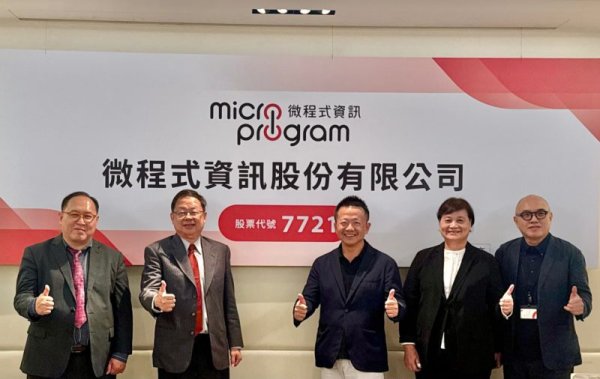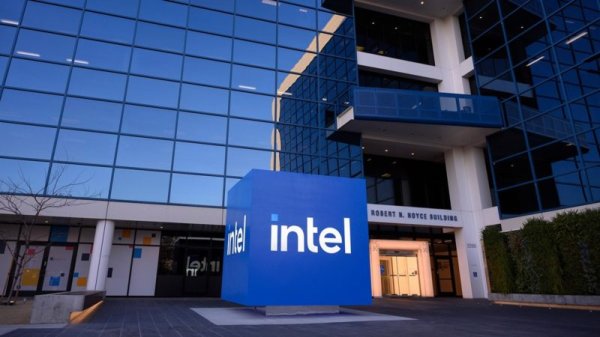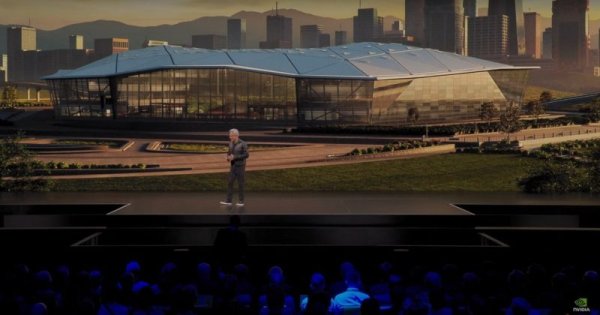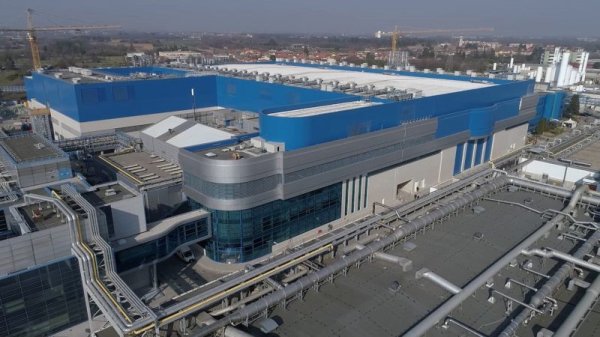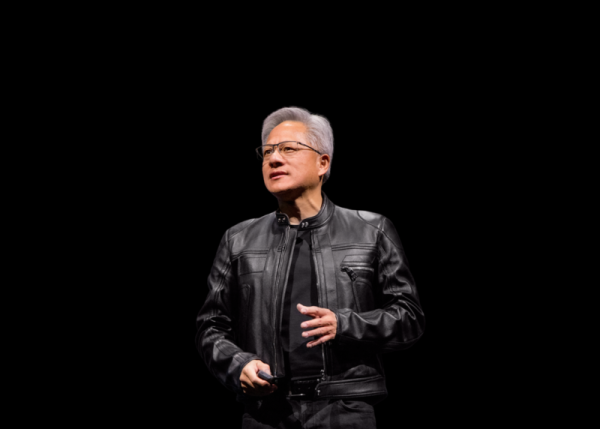China restricts rare earth exports: a resource warning for global high-tech industries


This article cooperates with the Tuojian Academic Industry Research Institute, and the content of the reprint is partially refined. If you want to buy a complete report, please contact the Tuojian Academic Official Website
You may not have heard of the names of Terbium and Dysprosium, but they are essential elements of modern technology. From electric motors, wind power generators, military lasers, to small vibrating motors in smartphones, their operations rely on a common resource: rare earth elements.
In recent years, with the rise of global technological competition and ground political risks, "rare earths" have gradually become the key code in an international struggle. Especially after China imposes export controls on some rare earth products in 2025, the world is once again catching this threat, that is, when the life of high-tech industries is concentrated in the hands of a single country, how big will the risk be?
What are rare earths? Why is this important?The so-called rare earths are actually 17 metal elements with similar chemical properties. Although it is not rare in the wall shell, because the process of improvement is complicated, high cost and serious pollution, there are very limited countries that can truly produce stable and quantitatively. These elements are widely used in high-tech fields, including motor vehicles, industrial robots, unmanned machines, low-speed satellites, renewable energy equipment, and even military and aerospace technology.
Especially in the promotion of electromotive and national defense modernization, rare earths are no longer just supporting roles in materials science, but are regarded as "new oil in the era of science and technology."
China controls global rare earth supply chainThe reason why China has strategic influence on the rare earths issue is mainly because it has inverted pressure advantages in the global rare earth supply chain:
The first is the world's rare earths. First production: China produces nearly 70% of the world's rare earths in 2024. Processing capacity reduction: After most rare earths in the world are opened, they still need to be sent to China for separation and smelting to become available materials.Such advantages not only come from the resource itself, but also related to China's integration capabilities in middle and upper-stream industries. Due to the high pollution process, many Western countries have long withdrawn from this market, which has instead enabled China to establish a difficult processing position. In other words, even if other countries find rare earth mines, if they cannot process them on their own, it will still be difficult to refrain from China.
 Export control: China's rare earth brand officially takes action
Export control: China's rare earth brand officially takes action
In April 2025, China announced that it would implement an export permit system for seven rare earth-related products including stear (Sm), stear (Gd), stear (Tb), stear (Dy), stear (Lu), stear (Sc), and stear (Y). Most of these elements are heavy rare earths, which are difficult to open and have high separation technology, and are very important in high-end magnetic materials, laser equipment, aviation alloys and other fields. What’s more important is that the rare earth ban exposes the high dependence of global supply chains on China. Although the United States, Japan, Australia and other countries have promoted the "Minute Safety Partnership" (MSP) and the "Key Mineral Agreement" (CMA) to try to establish a de-Singapore supply network, the separation and processing technology of the midstream is high and the investment recovery period is long. It is expected that at least another 3-5 years will be needed to truly take shape, which will be difficult to shake China's leading position in the short term. What situations will affect the drama?
According to the latest TrendForce report, if China's export controls are for specific countries (such as the United States) and there is a certain export space, the pressure on global markets may not be fully realized after 2026. However, if China expands its restrictions to major high-tech producers such as the United States, Europe, Japan and Australia, the world may feel a clear impact in the second half of 2025, and it may continue until 2030 to slightly resolve.
It is worth noting that such export restrictions are not a "zero cost" strategic action either. China's own electric vehicles, unmanned machines and automated industries are also highly dependent on the smooth supply chain of rare earths. Therefore, China is more likely to adopt the "optional" and "opinion" export strategy as a slap in ground-based discussions, rather than a one-size-fits-all approach to completely blocking it.
Behind the resources is the beginning of a new global gameChina's rare earth export control is not just a trade policy, but an end to a scientific and technological supply chain. It highlights the current risk of high-tech industries on a small number of raw materials, and also makes countries rethink the balance between industrial independence and geographical strategies.




